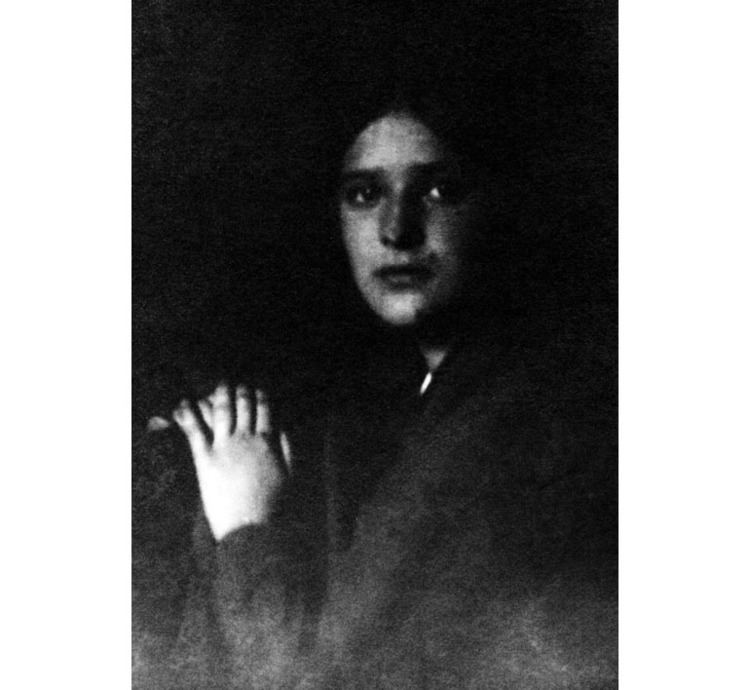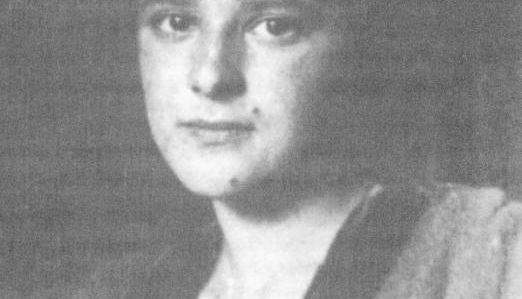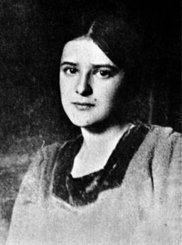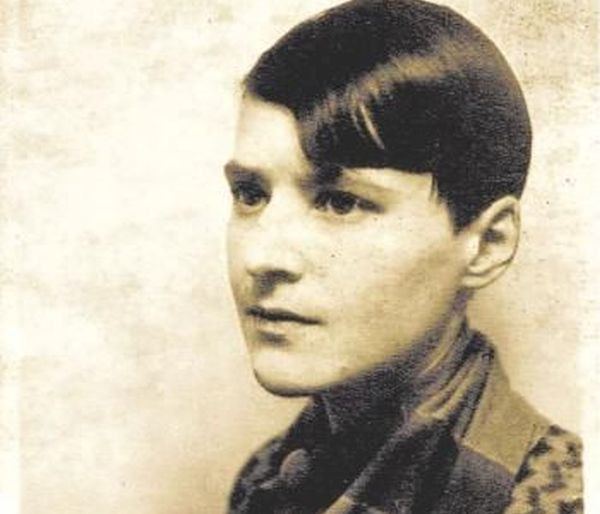Name Stanislawa Przybyszewska Movies Danton | Role Dramatist | |
 | ||
Spouse Jan Panienski (m. 1923–1925) Books The Danton Case ; Thermidor: Two Plays Parents Aniela Pajak, Stanislaw Przybyszewski Similar People | ||
Stanisława Przybyszewska ([staɲiˈswava pʂɨbɨˈʂɛfska]; 1 October 1901 – 15 August 1935) was a Polish dramatist who wrote almost exclusively about the French Revolution. Her 1929 play The Danton Case, which examines the conflict between Maximilien Robespierre and Georges Danton, is considered to be one of the most exemplary works about the Revolution, and was adapted (albeit with significant ideological edits) by Polish filmmaker Andrzej Wajda for his 1983 film Danton.

Biography

Przybyszewska was born Stanisława Pająkówna on 1 October 1901, in Kraków. She was the illegitimate child of the artist Aniela Pająkówna and the writer Stanisław Przybyszewski, the latter a famous and notoriously dissolute modernist who was one of the founding members of the Young Poland movement. As a child, Przybyszewska traveled across Europe with her mother, living in Lwów, Paris, Zurich, and Vienna. Following the death of her mother in 1912, Przybyszewska lived with an aunt before reuniting with her father in 1919. It was her father who introduced Przybyszewska, during her brief stint as a philosophy student at Poznan University, to morphine, which she began to use heavily.

In 1921, Przybyszewska married Jan Panienski, an artist and fellow morphine addict whom she met in Kraków. Following his death from an overdose in 1924, Przybyszewska drifted into a solitary and fanatical obsession with the French Revolution, dating her letters (which she wrote to recipients as diverse as her father and Thomas Mann) by the French Republican Calendar. Desperately poor and, increasingly, mentally unstable, she spent the last years of her life living in a tiny, unheated garret in Danzig, painting her food with Lysol to preserve it and devoting herself to dramatizing the Revolution.

Przybyszewska was fixated upon Maximilien Robespierre, and attributed to him, in her writing, extraordinary brilliance and powers of foresight. "I have the calm certainty," she wrote to a friend, "that I understand Robespierre better than anyone whose works are known to me." Przybyszewska attributed her own Communist opinions to Robespierre, and depicted him as having predicted the disastrous rise of capitalism. Robespierre was the central figure in both of her surviving plays, The Danton Case, which was completed in 1929, and an earlier play, Thermidor, which remained unfinished at the time of her death in 1935.

Przybyszewska died on 15 August 1935, in the Free City of Danzig. At the time of her death she was still obscure, utterly isolated from the modern world and absorbed by her love of the Revolution. British author Hilary Mantel remarks of her that "tuberculosis, morphine and malnutrition were adduced as the causes of death, but [Przybyszewska] could more truthfully be diagnosed as the woman who died of Robespierre."
